(mid-June 2023)
(Watch the prelude.)
Leaving Trego after a couple hikes, I headed south to Spooner. I had been there many times but probably not since I was a boy in the early ‘80s. When my family owned an old resort a bit to the east, we’d visit Spooner on occasion. The women and kids did a spot of shopping and perused the library while the men, if I recall correctly, paid a visit to hardware store and/or lumberyard (and probably the tavern too) which was larger than the one found in Stone Lake, the town nearest our cabins.
Although my mother can rattle off various memories of Spooner, I drove in and found that nothing at all looked familiar, unlike Hayward. I suspect that, if Spooner had a candy shop with people making fudge in the front windows, I would have vivid memories of it.
Back in the day, it was quite the rail town with nearly 20 passenger trains stopping there plus many others carrying freight and logs aplenty. This was the pinery, after all. I suppose the mail came via the train back in the day as well. Sadly, the museum was not open when I was there so I had to make do with wandering around the grounds which included this out in front.
I presume that this behemoth cleared the tracks of snow, wayward cows, damsels in distress tied to the rails or just whatever happened to be on the tracks when it was cruising along.
My stomach growled so I went in search of lunch. On my way, I passed by this wonderful ghost sign.
Two different brands of beer and an "automatic laundry".
"Was that the phrase used before the word 'laundromat' was invented?" you ask?
Why yes, I did just consult my Compact OED on this matter. "Laundromat" was trademarked by Westinghouse as a name for a washing machine in 1943. Its first use as a word for a place with such washing machines for the public to go wash their clothes dates to 1951.
So, does "automatic laundry" = "laundromat"? Definitely maybe.
I ended up at a Mexican restaurant which was plenty fine and a nice change of pace from the more generic American/bar food I’d mostly eaten on the trip. It can get depressing looking for a meal in small town Wisconsin because it seems like 95% of the food on offer is either a pizza or a hamburger with much of the remaining 5% dedicated to Friday fish fries and deep fried cheese curds. And here I discount fast food. Nothing wrong with any of these foods, but they get old quickly. How about a venison chop or some kielbasa or Swedish/Norwegian meatballs or just about anything that isn't a pizza or hamburger?
For dessert I walked over to Big Dick’s Buckhorn Inn where I would have a refreshing glass of beer. Or two. It was, by this time, afternoon.
I walked in and found that it was a classic northern Wisconsin tavern and probably put some taxidermist’s kids through college as it was filled with mounted deer heads. It had a lovely pressed tin ceiling and a lot of wood making up in the interior. Unfortunately, the bright glow from a plethora of video poker machines cut through the rustic ambiance like a hot knife through butter.
Tucked away in a corner was a two-headed calf.
Whether this is some taxidermist’s joke or the real deal remains unknown to me. Like Mulder in The X-Files, I want to believe so I didn’t ask the bartender nor have I consulted the internet for an answer.
When the situation calls for a little lavatory one-upmanship, I can now brag that I have peed where John F. Kennedy peed.
In the late winter/early spring of 1960, JFK was campaigning in Wisconsin for the 1960 Democratic nomination for president against Hubert H. Humphrey. Their time spent shaking hands and kissing babies in the Badger State was captured in the landmark documentary, Primary. It’s been a while since I’ve seen it and I don’t recall a scene with JFK at Big Dick’s.
Primary is famous for being the start of direct cinema here in the United States. Direct cinema being that fly on the wall technique of the camera capturing events with no deep-voiced narrator to authoritatively tell us what’s going on nor any interviews with the subjects. The camera simply records what unfolds before it. Primary was made by a who’s who of American direct cinema: Robert Drew, Richard Leacock, D. A. Pennebaker, and Albert Maysles. These guys are giants of American documentary cinema, in general, really.
I recall a scene where Humphrey is standing out on a street in Tomah talking to passers-by and I do believe we see JFK speaking in Madison at the Stock Pavilion down on campus.
See! I have applied something I learned in college in real life.
I wandered Spooner a bit more and found that the old Masonic Lodge was now shops, including a nice little bookstore.
Surely there were Masons here during JFK’s visit and I don’t doubt they reported on his whereabouts to the Mafia/Castro/CIA or whoever it was that killed him. Ha!
As I was perusing the shelves in search of postcards, there was a knitting circle that had gathered in the back. I overheard some of their conversation which included one older woman talking about living in Costa Rica during her younger days, including the advantages and pitfalls of raising a family there. It was not the conservation I expected when I started eavesdropping.
I checked into my hotel, showered, and relaxed for a while. When I was younger, I felt that lounging around a hotel room was a waste of time. Why sit around when you're away from home when you can wander a foreign place and try to discover whatever it has to offer? I mean, Port and Kit Moresby didn't just sit around their hotel rooms, right? They cruised around Algeria where they met fellow tourists, engaged with, um, working girls, and fled from the local demimonde. (OK, it's been a while since I've read The Sheltering Sky.)
These days I am happy to spend a little time at a hotel to do some reading and/or writing and let my feet recuperate from hoofing it for several miles through the woods. Late evening rolled around and I went out for dinner to some diner that I had spied earlier. Like Chetek, I found no sign of a supper club in or near Spooner. Very weird. It feels like an unwritten law is being broken here or some Wisconsin taboo is being violated.
Although the waitresses at the restaurant were amongst the cutest so far on my trip, the food was the worst. My meatloaf was a Sysco special with gravy from a #10 can. The frozen vegetable medley had been sitting in a steam tray for hours and had taken on a dull, lifeless brown tint with every bite a mushy mess and all vitamins having been leached out. All those kernels of corn, carrots, and peas deserved a better fate.
I returned to the hotel after taking a post-prandial stroll disappointed with dinner but at least I had a full belly. Had the local brewpub, Round Man Brewing, been open, I'd have stopped in for a nightcap but, alas, it was not. A bit more reading and writing was accomplished.
The next morning I stopped at a nice coffee shop and walked around town a bit more. I wanted to find the library to see if it jogged my memory as my mother always mentions it when Spooner comes up in conversation.
It didn’t but I did get to see a neat metal sculpture out front.
Sadly, this was the final day of my vacation. But I vowed to take my time getting home and made a couple of stops to savor every moment of not being at work that I could.
A brief sojourn at a rest area revealed a genuine working pay phone there. It wasn't clear to me if calls to numbers other than 911 would go through.
I eschewed the interstate and continued on Highway 53 south of Eau Claire. Just south of Osseo I went hunting for a geodetic survey marker. These markers are used to designate some kind of survey information such as an exact distance above sea level or a precise measurement of distance from the equator down to the arc second or whatever it is that surveyors need to know.
I heard of these in a blog post by Ryan Urban, editor of the Barron News-Shield whom I was Twitter pals with and met in real life on my trip up north last year.
The site detailing locations of these markers didn’t lie. I pulled my car over by the road sign specified and walked into the grass where 3 posts stood. In the middle was the marker. It was easy to find and had only a few years of dead grass on it instead of decades worth of dirt like the one Ryan unearthed.
Next stop was Black River Falls.
The downtown wasn’t looking good. Lots of empty storefronts and not much in the way of foot traffic. But that is where the post office is and I was there to take a picture of its mural.
Seeking out WPA post office murals is another thing that I discovered via Ryan Urban who is in the process of photographing all of the ones in Wisconsin.
This one is called "Lumbering - Black River Mill" and was painted by Frank E. Buffmire in 1939. The internet has little to say about the man, at least from my meager searches.
A stop at the Black River Falls rest area proved interesting as I learned from a historical marker that Wisconsin is the only state in the nation that commercially produces sphagnum moss. It can hold 20 times its weight in water so it’s used in the shipment of plants and hydroponic gardening, amongst other uses.
When I drive to Indianapolis, I am used to seeing countless billboards on Illinois-Indiana highways for law firms promising the wealth of Croesus to accident victims. Well, on this trip I noticed the Wisconsin equivalent.
I don’t recall seeing these billboards last year. Are they really that new? Or is my memory faulty? And who is this bald and bearded neo-Gerry Spence?
My final stop before home was at the Wisconsin Cranberry Discovery Center & Cranberry Country Café in Warrens. I can’t say I’d ever been to Warrens but have seen the billboards out on the interstate advertising the town’s cranberry festival that is held annually on the last the last full weekend of September. Not only are we the nation’s leader in sphagnum moss production but cranberries as well.
Warrens proper is just east of the interstate. It’s a nice little drive into town whereupon you notice that there isn’t much to it. With a population of just around 350 people, you’ll miss it if you blink while driving through. There’s a gas station, a post office (with no WPA mural), and the Cranberry Discovery Center. That is basically it.
I ordered breakfast at the café. The 2 waitresses were young black women, a sight I certainly didn’t expect in small town Wisconsin. Warrens lies in Monroe County which is (or was, anyway) Trump territory but, despite all the hoopla about Trump voters being a bunch of racists, if anyone cared about the color of their skin, they weren't at the café. A couple old ladies chatted with them as old ladies like to do with young folk.
My breakfast included wild rice-cranberry toast which was quite tasty. Wild rice-cranberry bread is one of the quintessential foods of northern Wisconsin. Hell, the Upper Midwest, really. A rye version would be the bee's knees, if you ask me.
After chowing down, I went downstairs to the Discovery Center. I learned that Warrens was originally – quelle surprise! – a logging town and was named after George Warren. When the pinery was all cut down, agriculture and diary became big in the area and this included the harvesting of sphagnum moss. Apparently no one knows for sure when cranberries were first cultivated in Warrens for commercial production but they date back to the 1870s.
Displays explain how cranberries are grown and harvested. They don’t grow in water but are harvested in it. In the photo below, you can see those hollow spaces in the cross section of a cranberry. The air in those little cavities allows them to float. So cranberry bogs are flooded so that the berries can be picked more easily.
On display were examples of the harvesting tools such as these hand rakes.
I also learned that early German settlers called the fruit a “craneberry” (kraanbere) because the blossom looked like the head of a sandhill crane to them. It eventually became “cranberry”.
As with most foods, I have always thought that a cranberry is a cranberry is a cranberry. Not so. If the packaging at the store doesn't specify a variety of a fruit or vegetable, it just become this single, nebulous food in my mind. There are various strains of the cranberry and my alma mater, the UW-Madison, devised one called HyRed which became available in 2003 for commercial use. Apparently, it turns red earlier than other varieties and has more pigmentation making for a deeper red hue.
There were also various advertisements to be seen.
"Eatmor". Now that's some fine marketing acumen on display there.
On the way out of town, I pulled over to check out the cranberry vines growing in their bogs. Come the fall, they’ll be filled with water and harvesters will do their thing and my local grocery store will have fresh cranberries ready for Thanksgiving. Unless, I suppose, they end up at some Ocean Spray factory.
********
Bonus photo. I found this one online. It’s an invitation to celebrate the 21st birthday of Christopher Tolkien, the youngest son of J.R.R. Tolkien, the author of The Hobbit and The Lord of the Rings books.
When I first encountered it online, people were commenting on the bits at the bottom about ambulances at 2 a.m. and hearses at daybreak. While it's quite funny and belies the image of Tolkien as this serious academic who sat around all day making up the Elven language for his novels, I took notice of how the Tolkiens called their son’s 21st birthday his “coming of age”. We don’t talk like that much anymore. Catholics have confirmation and Jews have bar and bat mitzvahs but such things are generally a thing of the past for us here in the United States.
I attended the bat mitzvah of the daughter of one of the Frau’s friends and it was wonderful. Coming-of-age rituals have simply gone out of fashion, sadly. I read or heard someone discussing this recently and they made an interesting observation.
This person opined that most cultures hold that womanhood is attained when a girl starts menstruating. Boys, however, become men not via a biological process, but rather through a ritual of some kind. Maybe by going out hunting with the men of your tribe/village/family and killing your first beast. Or perhaps through some kind of hazing. The interviewee offered the example of some culture that I cannot recall where boys become men by being beaten for a time. Not within an inch of their life, mind you, but they have to endure a prescribed amount of pain in order to be considered a man.
Since I'm no sociologist nor cultural anthropologist, I can't vouch for the veracity of these comments but I nevertheless find them interesting.
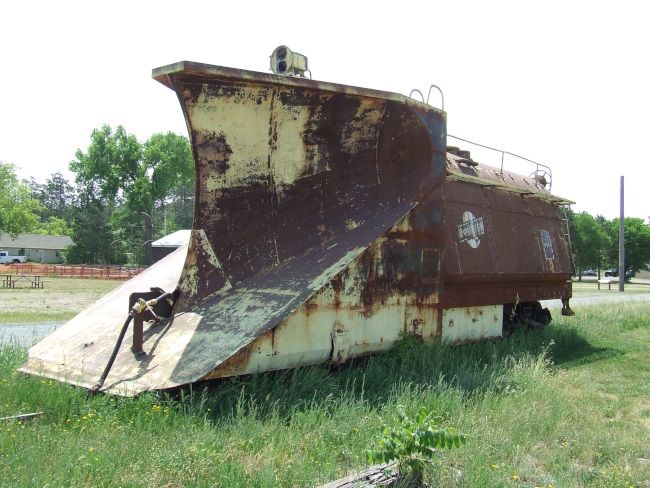

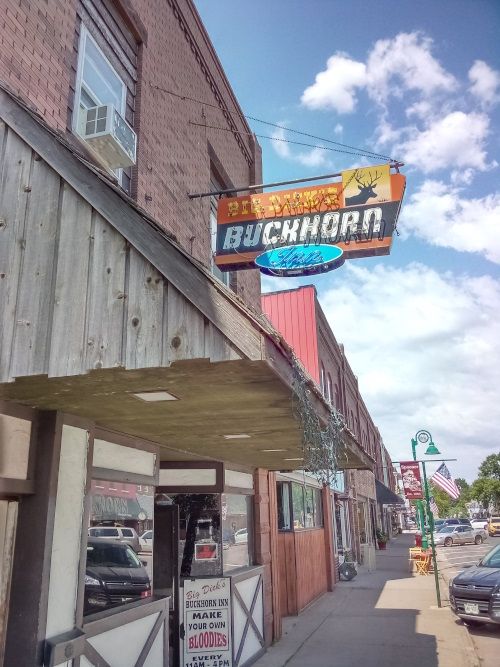
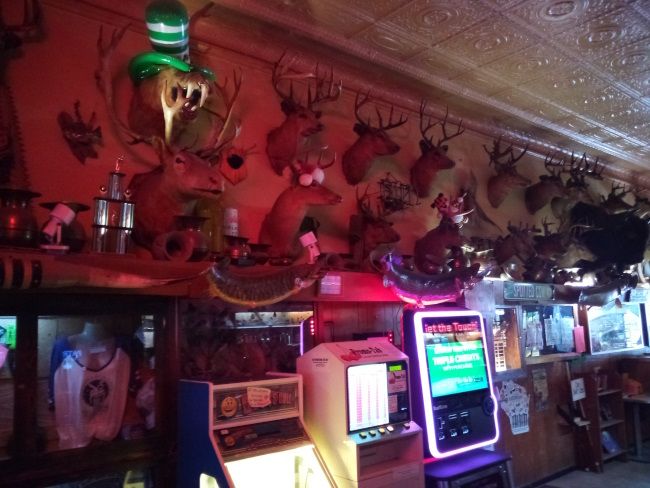
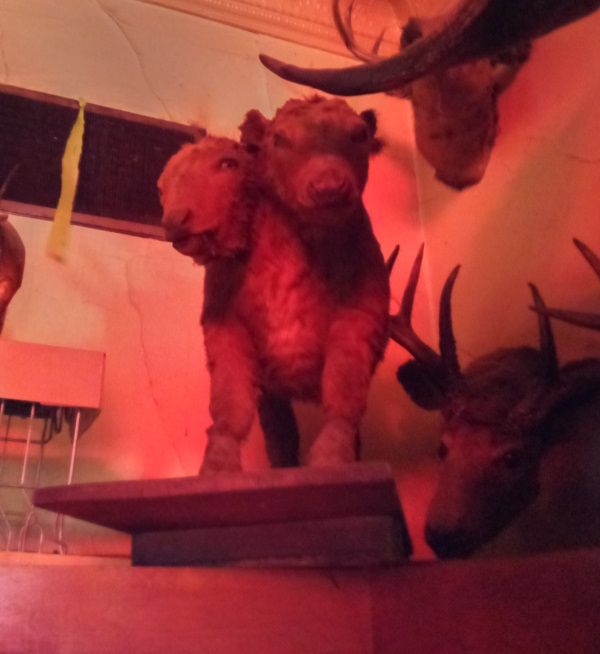
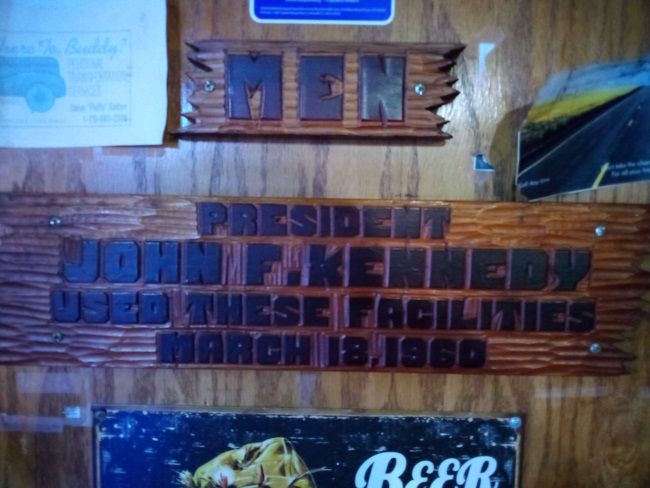
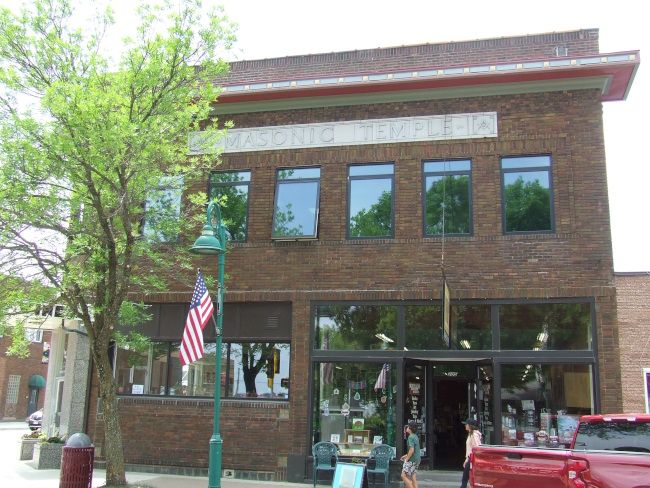
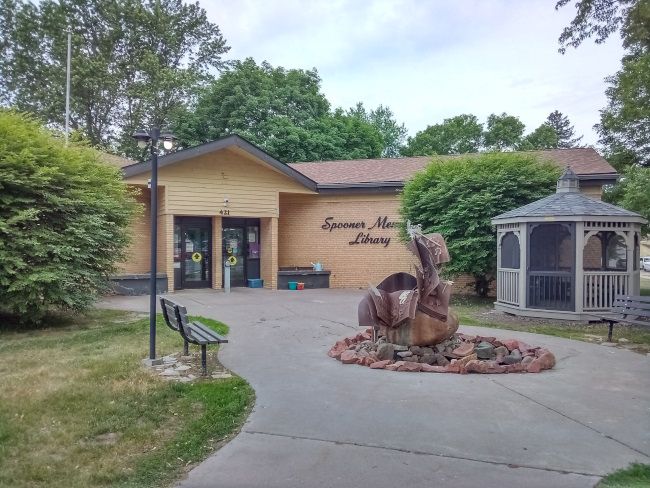
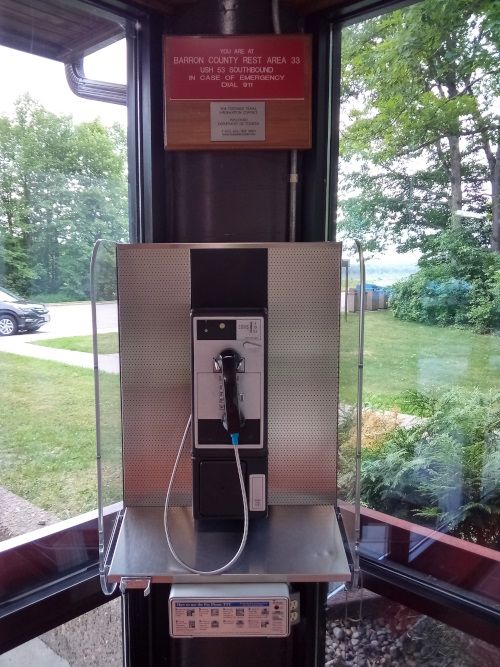
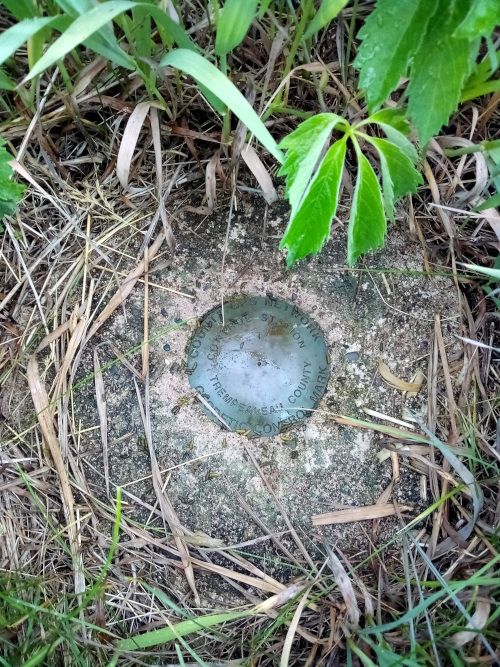
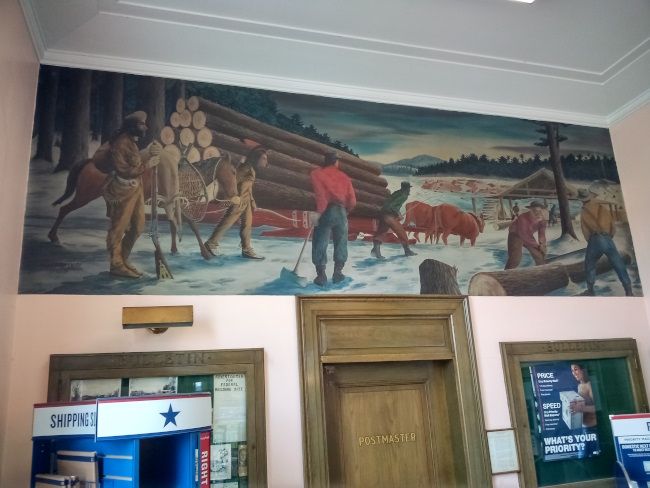


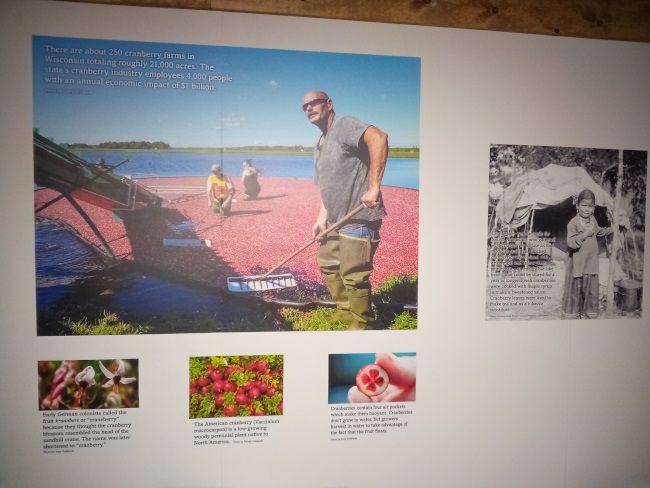
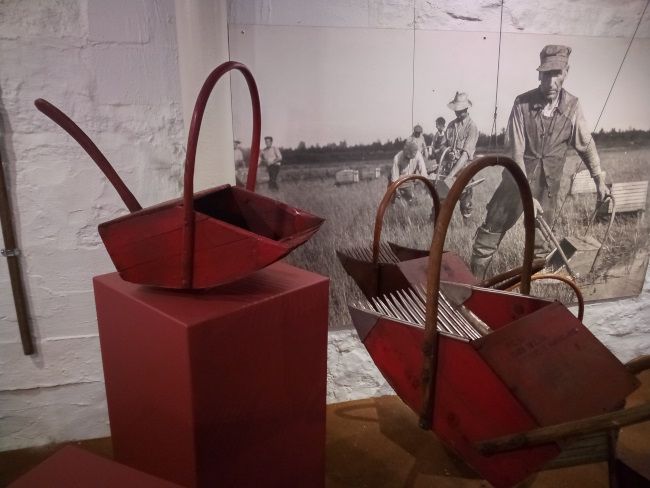
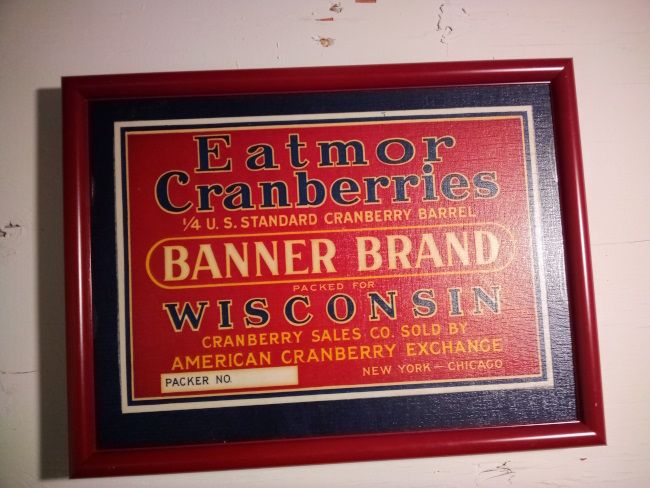
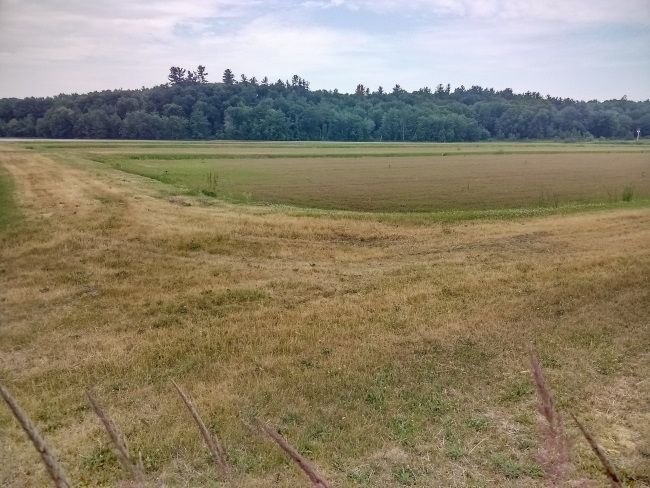
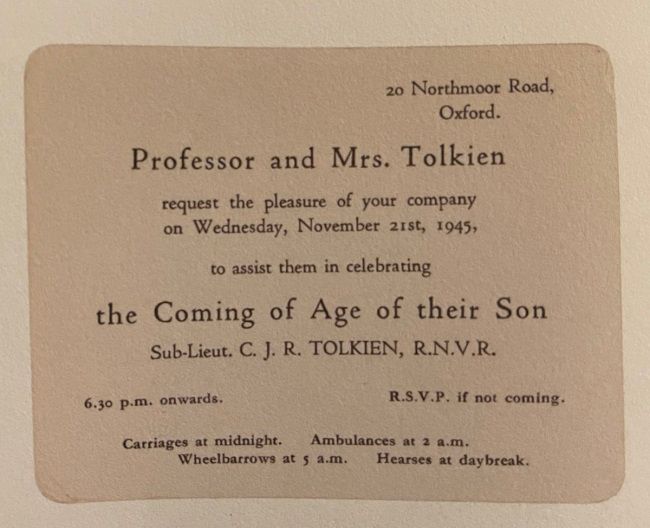
No comments:
Post a Comment